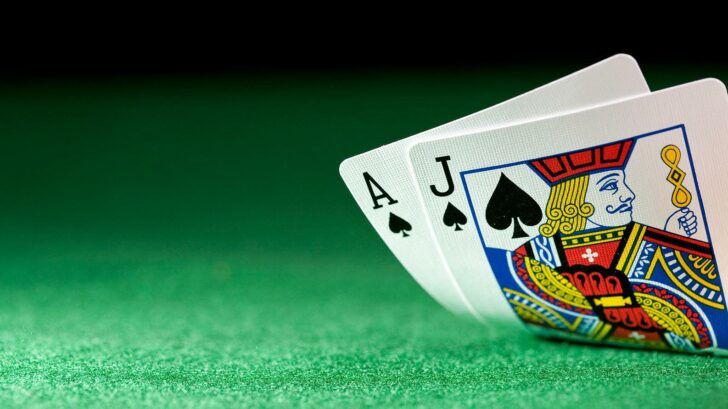From Chaos Comes Order – Origins And History Of The US Mafia


We take a look at the rise of the mafia from rural protection racket to one of the largest businesses in the USA.
There are, of course, numerous opinions about the creation of what we term organized crime. Most of the time the validity of these opinions depends entirely how seriously you take their definition of organized crime. Dictionary in hand one can argue that Ghengiz Khan and his hoards were quite a together bunch when it came to coordinated robbery, violence, rape and pillage, and that the word “thug” has been around since the drugged up Indian bandits of the 13th century beset travelers.
However to compare the mafia to a criminal gang is to miss the point. Whilst there is, of course, a criminal basis to their operations one of the salient characteristics of what we today term the mafia is the quantity of respect from the community in which they operate that is wholly absent from the relationship anyone had with the looting and pillaging brigands. If one is going to play fast and loose with definitions and history the actual origins of the mafia could be traced back to 485 BC and a Greek called Parmenides.
The Mafia In The USA
• Mass immigration in the 20s brought the mafias rising stars
• History of blackjack full of mafia run casinos
• Are the mafia still a force in the USA today?
It was Paramenides that postulated (and I’m paraphrasing a little) “Nature Abhores A Vacuum” and it was a vacuum that created the mafia. A couple of thousand years later the collapse of the feudal system in Italy that inexorably led to the annexation of Sicily in 1860 and a redistribution of land to local private citizenry from the previously ubiquitous institutions of church and state. However whilst now more people were sharing in the wealth, the facilities to protect these possessions didn’t develop in tandem.
This vacuum of authority led to families within rural communities organizing to protect themselves and make money out of the largely absentee landlords that had bought up land in the area. This early form of protection racket was one of a number of smart strategies that these early mafiosi used to consolidate their power, but what formed the basis of their authority was their ability to solve local disputes and be a source of aid in times of crisis. The duality of criminality and close community relations became a trait of the mafia in all its forms.
Fascist Crack Down Has Knock On Effect
By the 1920s the Cosa Nostra were well established and would perhaps have continued to thrive had they not fallen foul of Mussolini. As prime minister in 1924 he visited Sicily but when in Plana Dei Greci the mayor, and local mafia boss, expressed surprised at the police escort saying “You are with me, you are under my protection. What do you need all these cops for?”. Mussolini spurning this protection led to the mayor ‘suggesting’ the locals not attend the Duce’s speech, and if there’s one thing politicians don’t like, it’s people ignoring them.
The fascist crack down on the mafia that followed had huge knock on effects with many mafiosi removing themselves to other countries, notably America. Although there had been criminal gangs of this variety in the US since as far back as 1869, the massive wave of immigration into the US at the start of the 20th century led to larger communities and a larger mafia presence. Mistrust and hostility between these immigrants and the authorities bred the same vacuum in microcosm that had existed in Italy.
America is often cited as the land of opportunity and in the 1920s the biggest opportunity for criminality and profit was the inordinately badly thought-out prohibition of alcohol. With high public demand the revenues from illegal booze easily dwarfed incomes from more traditional mafia enterprises, but these were integrated into the illegal alcohol business. Consolidation of control of supply in various cities led to some smaller groups paying “protection” to larger, more powerful, mafia groups.
Control of the bootlegging business led to conflict between ethnic based gangs from the Italian, Irish and Jewish communities, the St. Valentine’s Day massacre of the North Side Gang perhaps the most well known of the many instances of infighting between these groups. The end of prohibition in 1933 changed the landscape with the more forward thinking groups developing other criminal revenue streams through involvement with unions, construction, sanitation plus the evolution of drug trafficking and the more legitimate casino strategy.
The Commission Is Created
The establishment of “The Commission”, a sort of council of mafia bosses, facilitated a decrease in infighting and allowed a younger generation to come to the fore who were more willing to work with other groups rather than conflict with them. This allowed a diversification in activity that included control of labor unions, loan sharking, extortion and the ubiquitous protection rackets, without the costly confrontations. One of these areas of expansion was the casino business, mostly because Las Vegas was deemed as a open city in which any of the commissions groups could operate.
The mafia had begun its involvement with casinos in the heyday of Cuba, prior to the revolution, and the experience led to them taking out loans from the unions they controlled to build casinos on the Las Vegas strip. With so much money passing through and the ability to skim it off the top before it was recorded made it a veritable money farm. Bugsy Siegel who had impeccable casino table manners and massive mob connections opened the Flamingo Hotel and Casino in 1946 and it eventually proved profitable.
Mafia involvement in the casino business grew considerably behind a facade of legitimacy lent by front men who had no criminal involvement and some say it still exists in some shape or form today, although the mafia as a whole has had to adjust to some harsh realities. The turncoats that went to the FBI and the eventual establishment of the RICO act, which punished anyone found guilty of acts performed as part of an ongoing criminal organization with 20 years in prison, did huge damage to the organization.
There is some debate about how influential the mafia still is within the US. With the decline of union influence and rise of other criminal entities, particularly in the field of drug trafficking, some say the day of the mafia is done. Others point out that in today’s corporate America the nature of organized crime has merely shifted from the crime families of old to the influential rich and their control of business, politics, and the media that echos the protection rackets and extortion of the Sicilian immigrants a century before.




